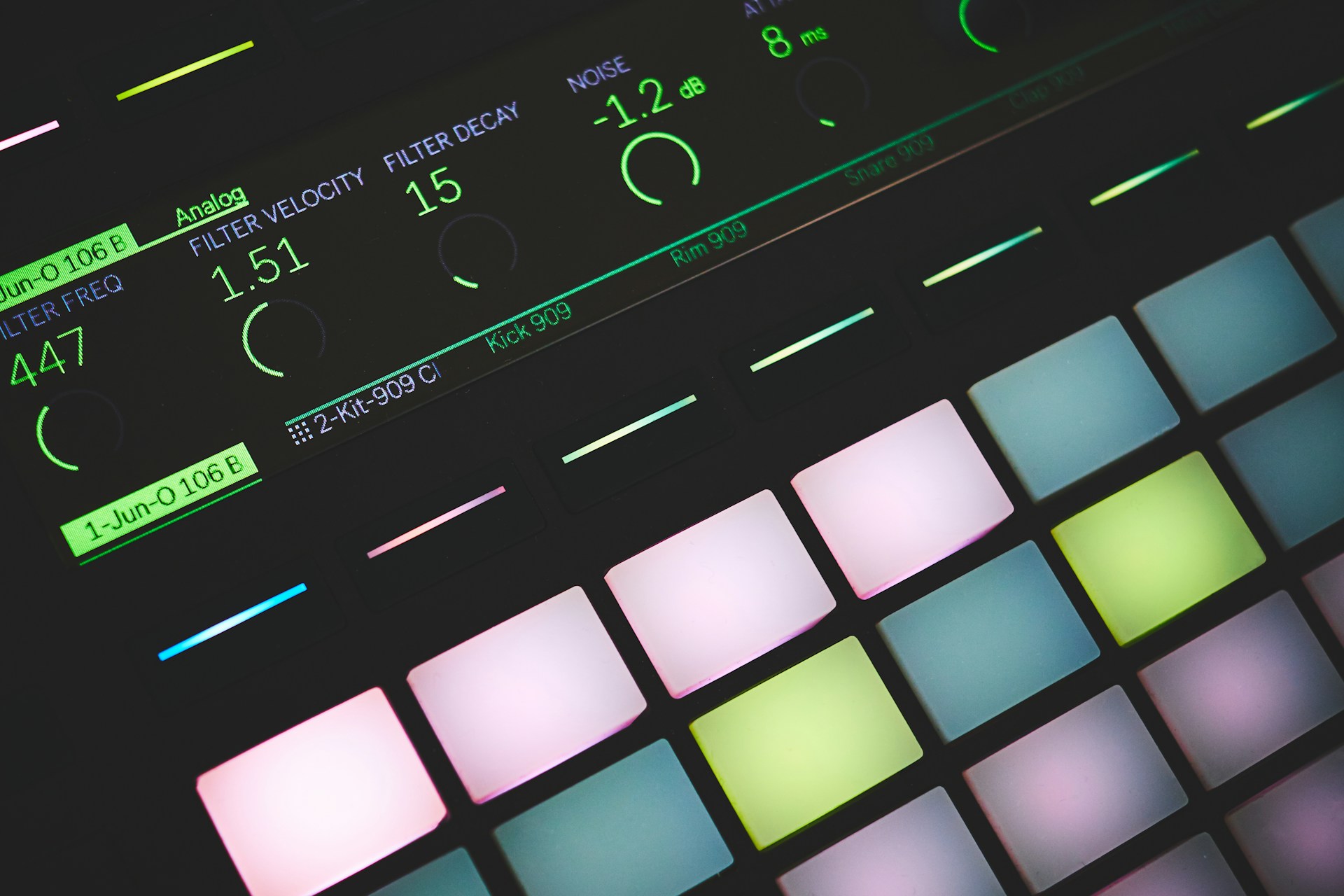The Rise of AI and Robotics
Artificial Intelligence, a field focused on creating machines that can perform tasks that typically require human intelligence, and Robotics, which involves the design and operation of robots, have been growing separately for years. However, when combined, these technologies are creating a new wave of innovation that is expected to significantly alter the global landscape. AI’s ability to process vast amounts of data, make decisions, and learn from experience makes it an ideal partner for robots, which are designed to execute physical tasks with precision and efficiency.
Transforming Industries
Manufacturing
The manufacturing sector has already witnessed the profound impact of AI and robotics, with the rise of autonomous robots performing tasks ranging from assembly lines to quality control. These robots are faster, more accurate, and can work around the clock without tiring, significantly improving productivity and reducing operational costs. Additionally, AI-powered robots can adapt to new tasks and improve over time through machine learning, allowing for greater flexibility in manufacturing processes.
Healthcare
In healthcare, the fusion of AI and robotics is revolutionizing patient care and medical procedures. Surgical robots, powered by AI, assist doctors in performing highly precise surgeries, reducing human error, and speeding up recovery times for patients. AI-driven robots can also be used in rehabilitation, where they assist patients with mobility challenges, providing a higher level of personalized care. The use of robotics in elderly care is another area where these technologies have immense potential, providing support to aging populations and alleviating pressure on healthcare workers.
Logistics and Warehousing
The logistics industry has embraced robotics and AI to optimize supply chains and improve the speed and accuracy of deliveries. Autonomous delivery robots and drones, guided by AI algorithms, are becoming common sights in warehouses, where they sort and deliver goods with speed and precision. These robots can work seamlessly with AI-driven software to predict demand and adjust supply chains accordingly, reducing costs and increasing efficiency.
Autonomous Vehicles
Autonomous vehicles, powered by AI and robotic systems, represent another milestone in the ongoing tech revolution. Self-driving cars, trucks, and delivery vehicles are set to change the way people and goods move around the world. By using AI to process data from sensors and cameras, these vehicles can make real-time decisions, navigate complex environments, and ensure safety without human intervention.
The Future of AI & Robotics
Looking ahead, the potential for AI and robotics to continue driving the next tech revolution is boundless. In the coming years, we can expect to see even more advanced robots capable of performing complex tasks in a variety of industries. AI will continue to evolve, leading to smarter, more efficient robots capable of solving real-world problems, while robotics will make it easier for these AI systems to interact with the physical world.
However, with these advancements come challenges. Issues such as data privacy, security, and the ethical implications of AI-powered robots in the workforce need to be addressed. There is also the concern of job displacement as machines become capable of performing tasks previously done by humans. Policymakers, technologists, and business leaders must work together to ensure that the benefits of this new era are shared equitably.
Conclusion
AI and robotics are undeniably at the forefront of the next technological revolution. As these technologies continue to evolve, they will not only enhance existing industries but also give rise to entirely new ones. The combination of AI’s cognitive power and robotics’ physical capabilities is poised to redefine how we live, work, and interact with the world. Embracing these changes, while addressing the challenges they present, will be key to harnessing the full potential of this tech revolution.

